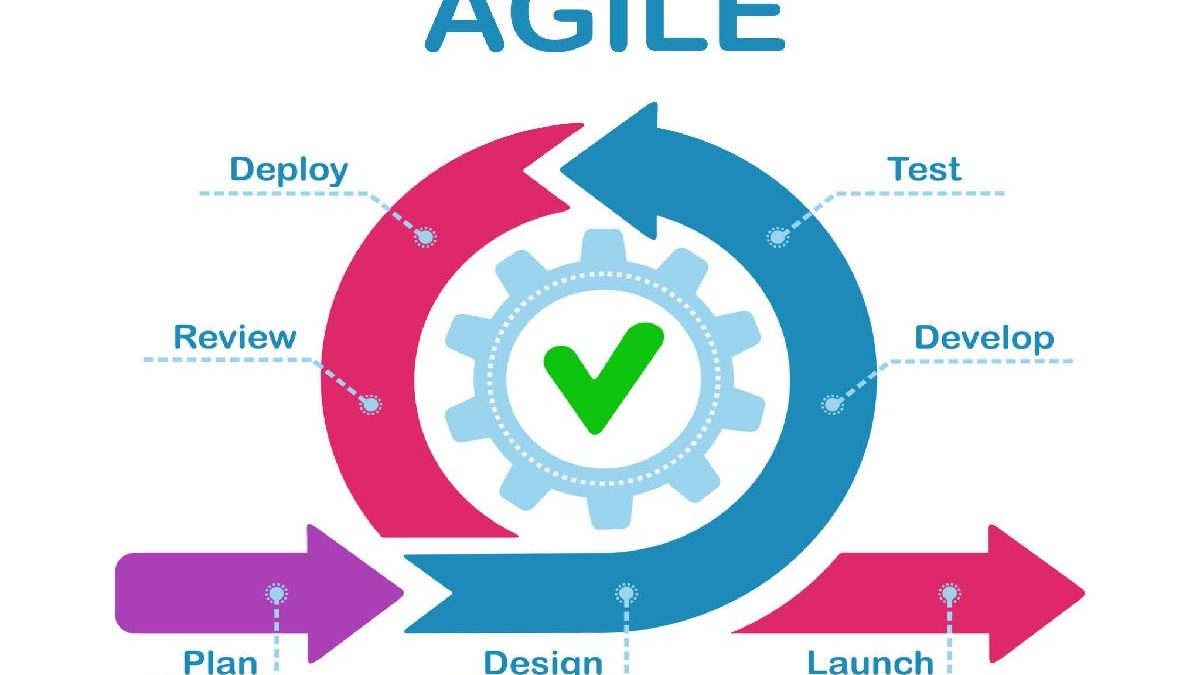Agile is a set of rules created for project management in programming, technology development, and startups. But no one forbids applying them in life, and some experts even insist on it.
The principles of Agile consist of competent interaction with people, refusal to follow strict rules, readiness for change, and flexible response to events. Using this methodology, you will be able to manage everything faster, without getting tired and without sinking into procrastination.
Table of Contents
What Agile Methodology Is
The Agile Manifesto was published in 2001. It’s recognized as a desk book for a huge number of office clerks. The meaning of the approach can be summarized as “Move easier, think faster!”
Agile was originally created to improve software development processes, but now it’s actively used in many different spheres of life. A significant aspect of Agile is that the method is suitable for improving personal effectiveness in any circumstance of everyday reality. Some can even use this technique to improve their performance at https://22bet.com/mobile or become better parents.
Agile is a set of rules that only contribute to the formation of a philosophy of life and give people the opportunity to build successful businesses. In simple words, Agile helps consciously follow the intended path.
Long-term goals won’t work for Agile. You can build a plan even for 20 years, but you won’t be able to realize it. Over the years, circumstances and the person themselves may change.
Agile project methodology includes two main approaches. They are called “Kanban” and “Scrum.” They only define the rhythm of work, but they don’t prescribe exactly how to act. Each employee builds their own development strategy. Such a rule applies to both the business sphere and personal life.
The Scrum approach consists of dividing tasks into short periods of time. Each specialist has their own responsibilities. But if the need arises, they can replace each other. The successes of the whole team are actively discussed at meetings.
The Kanban approach to process organization in Agile methodology is different. Common tasks and goals are marked on the board. Who will perform which task isn’t announced. To achieve a common goal, specialists can join teams. The team always meets spontaneously.
How Is This Used in Life?
In Agile, Scrum and Kanban can be called noteworthy philosophies for personal growth. Scrum and kanban are great for recuperation. One has to accomplish a huge number of tasks in a day. If you visualize your life, the general picture of the processes taking place in it will become clear to you.
Every day, a person is engaged in work, health, family, and hobbies, and finds new hobbies. All together, it looks like a continuous flow of tasks. If you learn to systematize them, labor costs and time to achieve goals will be reduced.
You should perform only one task at a time. To do this, you will have to abandon unnecessary workloads and properly prioritize. If a task doesn’t bring you satisfaction or benefit, it’s worth delegating it to someone else.
Use Agile software development methodology in your personal life. If there are more than two people in a family, it’s already a team. You can start making lists for the week, perform tasks together, and then discuss successes afterwards. Thanks to this practice, you can resolve misunderstandings within the household and unite efforts.
Principles of Agile Methodology
The following basic principles of the Agile project management methodology are emphasized:
- Cooperation and interaction with the customer are prioritized. They are more important than the restrictions prescribed in the contract:
- At work. When interacting with the customer, there is room for maneuvering within the conditions prescribed in the contract if external circumstances that affect the final goal change.
- Outside of work. The desire to establish a partnership in which both of them benefit, flexible response to changing factors in human relationships.
- The willingness to embrace change is more important than following an approved plan. If conditions change, the only answer may be to be adaptable and flexible.
- A working product is more important than documentation:
- At work. Paying a lot of attention to bureaucratic points is not worth it; the team applies flexible program solutions and performs useful actions to achieve the goal.
- Outside of work. The way of solving the problem isn’t so important, the main thing is that they managed to solve it without violating laws.
- The main thing is interaction between people, not tools and processes:
- At work. Although a certain hierarchy is built, each employee can ask for help from a colleague.
- Outside work. The principle is realized during interaction in the circle of friends, family, through orientation to each other, expressed in caring about the feelings of others, about one’s own condition.

